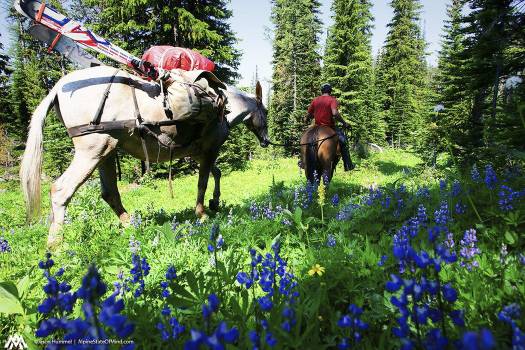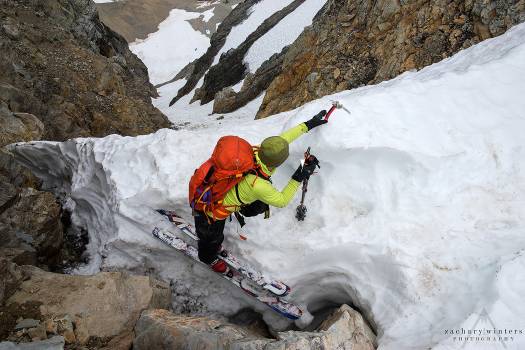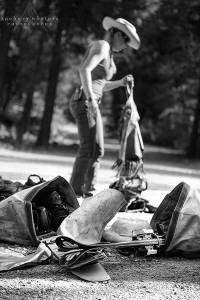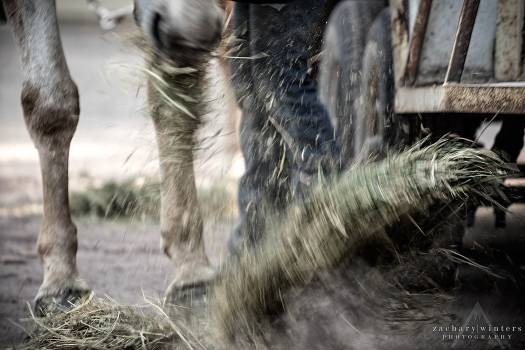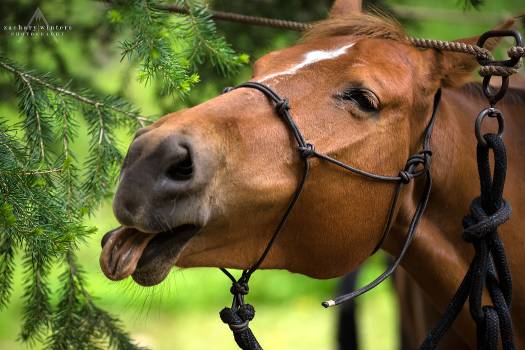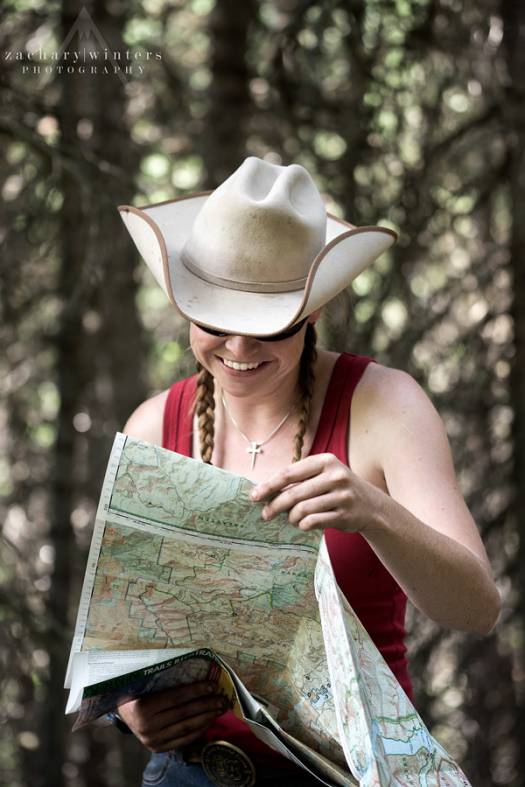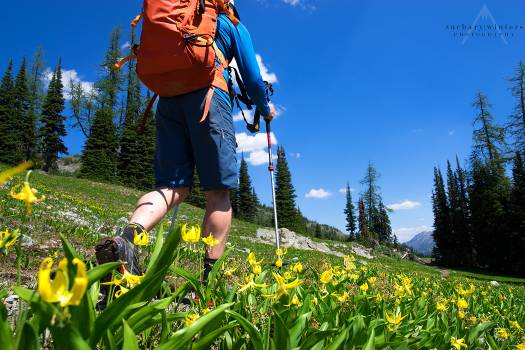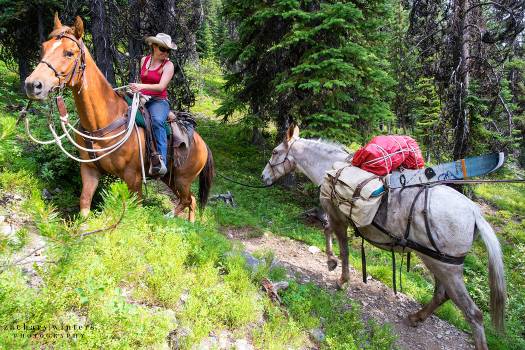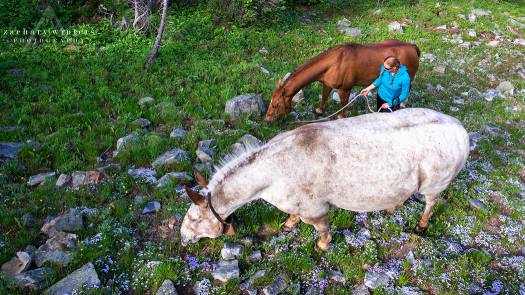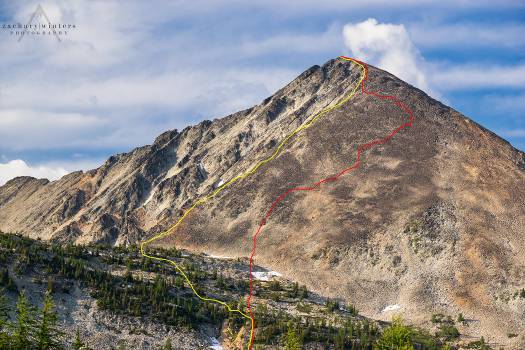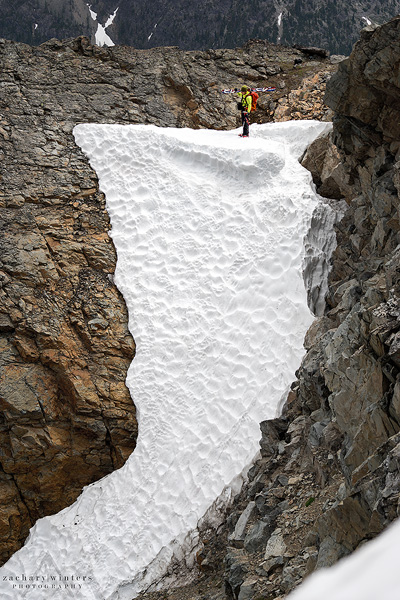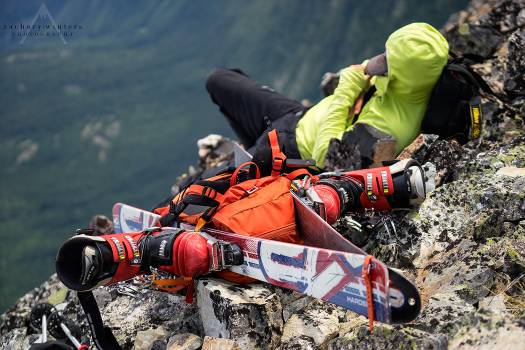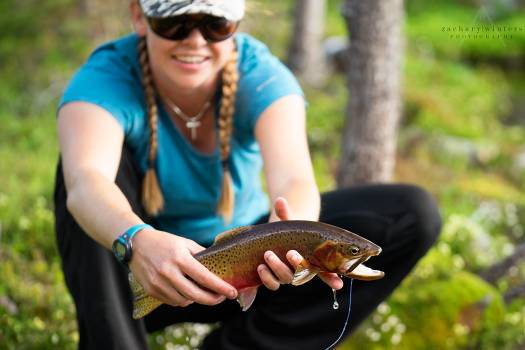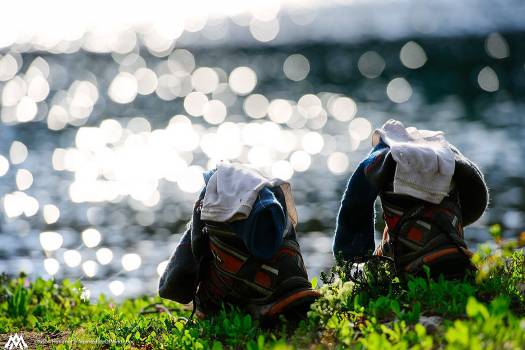Zachary Winters
Skis, boots, poles? Check. Saddles, bits, spurs? Check. This is as close as you can get to a successful ski trip without making a single turn. That’s right, no one actually skied on this expedition, but a fun trip dialing in a system to pack skis on a mule is a success anyway.
The story goes like this: with temperatures in the Methow Valley here in Washington forecasted to surge above 100 degrees F, Jason Hummel, Amber Ale Deming and I were in desperate need of cooler alpine air. The timing seemed just about right to go after a line in the Pasayten Wilderness on the high eastern edge of the North Cascades. Last October on a photography trip in the Glacier Peak Wilderness, Jason and I got to talking about pipe dreams of some committing and likely unskied lines.
We found overlap in a couloir that I had spied a year ago on a wilderness patrol, and Jason had talked about with Lowell Skoog. The line is a steep couloir on the north face of Osceola Peak, referred to as the “Oscy Couloir” (not to be confused with the Aussie Couloir on Joffre Peak, BC). Osceola Peak is about 13 miles from the Slate Pass trailhead and 24 miles from the Robinson Creek trailhead. With such an approach, we decided to come up with a creative solution; combine skiing with the local method of travel in the Pasayten Wilderness: horse and mule packing! So in true western style, we rounded up Amber’s horse Pardner and her mule Lola and set out to pack skis in to the Oscy Couloir.
With the Slate Pass trailhead being closed to horse trailers, and significant snow drifts prohibiting safe horse travel on the shorter route, Amber agreed take the horse and mule on the longer route from the Robinson Creek Trailhead, while Jason and I would hike in and meet her from Slate Pass. We congregated at the Robinson Creek trailhead, and after feeding the horse and mule a hardy meal of alfalfa hay, we delicately balanced Jason’s telemark skis on one side of Lola and my splitboard on the other side, along with overnight gear, steep skiing implements, and some canned micros.
This was the first time any of us had packed skis on a mule, but Amber and I having packed lots of trail building tools for the Forest Service developed a system that rode nicely: boots, crampons and axes in tool panniers, with basket hitches for each pair of skis, and overnight gear in a top load secured with a modified decker diamond. One mule for three people means we took our lightweight gear instead of packing in a traditional horse camp, but I prefer a minimal camp anyway.
The hike from Slate Peak was scenic starting in the alpine around 6500 feet, and wandering across snow slopes and alpine meadows filled with wildflowers for the first part of the trip. After a slight detour to photograph wildflowers down Buckskin Ridge (I swear we weren’t really lost), we dropped down to cross the Middle Fork of the Pasayten River and met up with Amber where our routes converged.
From there, we hiked and rode a few miles down the shaded valley of the Middle Fork of the Pasayten River, followed by a 2-mile climb up steep switchbacks to Fred’s Lake. Arriving at Fred’s Lake around 6 pm, we had a clear view of the rocky pass between Fred’s and Doris Lake, our gateway to Osceola Peak. The north-facing pass had preserved a snowdrift that would prove to be impassible for stock. Glad to find snow 2000 feet below our desired line, we were happy to give Lola a break and carry our gear from here the next morning. We were also hearing thunder, and with lightning so close, Fred’s Lake would be our destination for the night. (We later found out this lightning storm was the same one that sparked the Carlton Complex Fire, the largest wildfire in Washington State history). After unsaddling Lola and Pardner, we turned them out to graze for a few hours and set up camp.
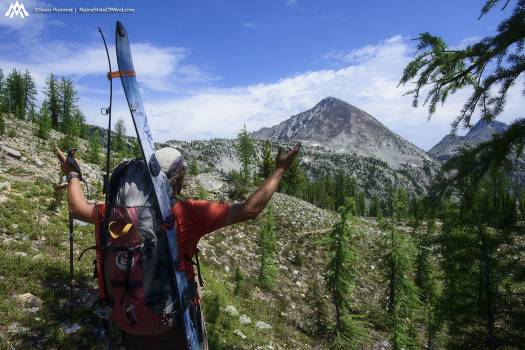
Where’s all the snow?! Though we expected this aspect to be snow free, this picture is now bittersweet.
The morning rolled around with alarm clocks going off to pelting rain and gusty wind shaking our tents. Needless to say, we rolled over and let the storm pass and got some more much-needed rest. Jason had traveled from a kayaking trip on the Olympic Peninsula the day before, and was operating on about 3 hours of sleep. Amber spent the morning grazing the mules, and once the morning’s stormy weather had passed, Jason and I packed up our gear and set out from Fred’s Lake for a not-so-alpine start. Our route would take the rocky pass above Fred’s Lake, continue past Doris Lake, then venture off trail to the base of the SW Face of Osceola. Approaching Doris Lake, we met three climbers who had attempted to summit Osceola and its two neighbors Mt. Carru and Mt. Lago, and certainly thought we were a bit nuts slogging our skis around in the heart of the Pasayten with no snow in sight. From there, we traveled cross-country to the steep pile of loose basketball-sized basalt talus that is the SW face of Osceola Peak. Almost to the top, Jason ventured to the west slightly and found a decent user trail that we had missed up the west ridge. From there the traveling was much easier, and shortly after topping out we began to sniff out the entrance to the Oscy.
Not having any expectations of the route condition, we were glad to find the couloir still snow-filled, but after a closer look we quickly realized the line would require primo conditions to be remotely safe. Jason, who has skied a dizzying amount of steep ski routes in the Cascades shouted, “This thing looks pretty real… maybe a little too real!” There were a few factors that contributed to our decision not to ski. The entrance was very steep for about 200ft (I hate guessing slope angles, but it was equivalent to the steeper lines either of us had skied). Below the angle kicked back to something less than 50 degrees, but was peppered with rock-fall. On the fence at this point, I scrambled down a ridge just east of the entrance to find that the line closed out after about 800ft. All of the route photos we were able to find showed a sharp dogleg here, so I was surprised to find a sizable cliff that disconnected the couloir from the lower slope. At this point I decided that the combination of rock sharks and absolute no-fall exposure was enough to make my call to save it for better conditions. Also hesitant, Jason decided to click-in to see how the snow felt. The hard sastrugi-like surface texture was not convincing. It hadn’t softened, much to our surprise given the forecasted temps. Nobody likes to turn away from an objective that you’ve committed several days to, but the bottom line for me was that the skiing really didn’t look like enough fun want to accept the risk. The window of opportunity is very narrow for a trip like this. Of course you want the couloir to be as fat as possible, but too early and there is too much snow to be safe for horses. Our consolation prize was a relaxing summit nap, amazing views of the North Cascades, and an afternoon of alpine fly-fishing.
The next morning, we saddled and packed Pardner and Lola once again and headed back to the sweltering Methow Valley. Though no turns were made, packing skis on a mule was an adventure in itself, and we are excited to have fine tuned a system that will allow us to utilize mules for future ski trips. Hopefully our next ski rodeo will involve some actual skiing too!
(WildSnow.com guest blogger Zachary Winters is an avid coffee drinker, splitboarder, photographer, and rock climber who calls the North Cascades home. Living in the small town of Mazama, Washington, you could encounter him on the trail working as a Wilderness Ranger in the summer months, and the rest of the year he is chasing good snow, working on his photography, and looking for wolverines. Check out more of his outstanding photos here.)
Beyond our regular guest bloggers who have their own profiles, some of our one-timers end up being categorized under this generic profile. Once they do a few posts, we build a category. In any case, we sure appreciate ALL the WildSnow guest bloggers!

